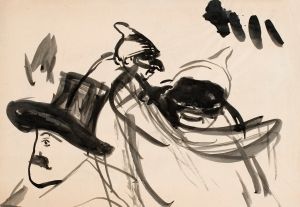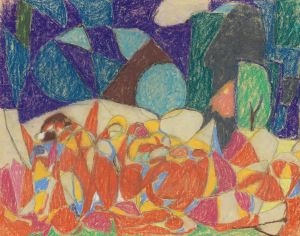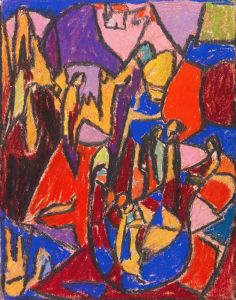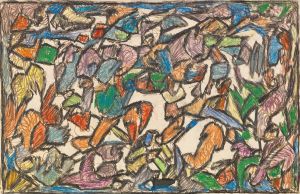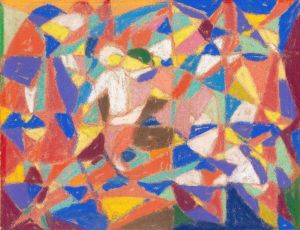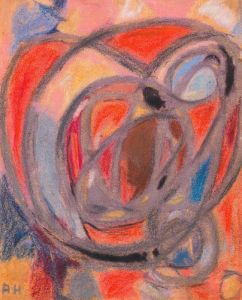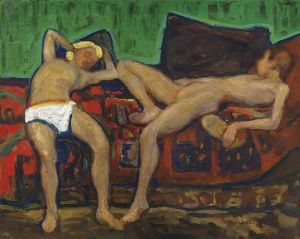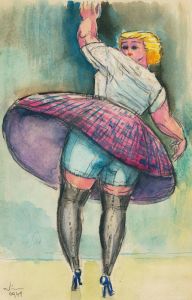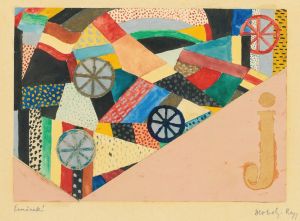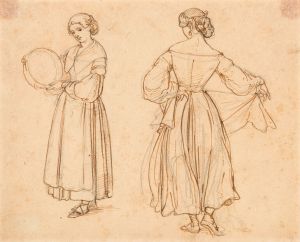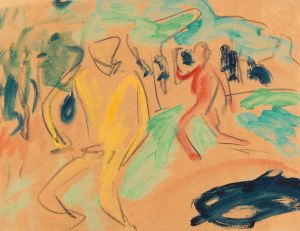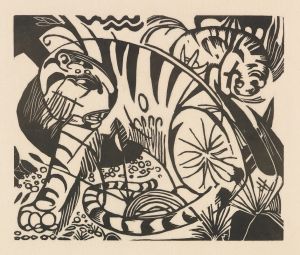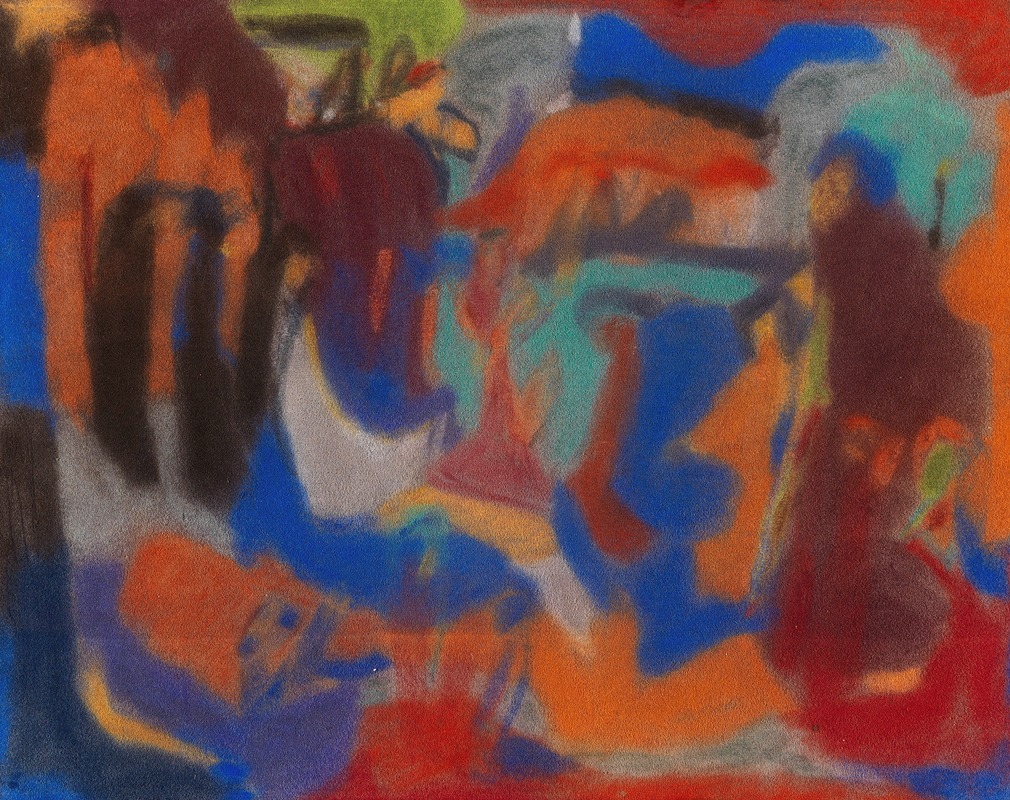
Figurale Komposition
A hand-painted replica of Adolf Hölzel’s masterpiece Figurale Komposition, meticulously crafted by professional artists to capture the true essence of the original. Each piece is created with museum-quality canvas and rare mineral pigments, carefully painted by experienced artists with delicate brushstrokes and rich, layered colors to perfectly recreate the texture of the original artwork. Unlike machine-printed reproductions, this hand-painted version brings the painting to life, infused with the artist’s emotions and skill in every stroke. Whether for personal collection or home decoration, it instantly elevates the artistic atmosphere of any space.
Adolf Hölzel was a prominent German painter and art theorist, known for his significant contributions to modern art and his role as a teacher to many influential artists. One of his notable works is "Figurale Komposition," which exemplifies his innovative approach to composition and color theory.
Adolf Hölzel was born on May 13, 1853, in Olomouc, Moravia, which is now part of the Czech Republic. He studied at the Academy of Fine Arts in Vienna and later at the Academy of Fine Arts in Munich. Hölzel's early work was influenced by Impressionism, but he gradually developed a unique style that incorporated elements of abstraction and symbolism. He became a central figure in the transition from traditional to modern art in Germany.
"Figurale Komposition" is a testament to Hölzel's exploration of form and color. Although specific details about the painting's creation date and dimensions are not widely documented, it is known that Hölzel's work during this period was characterized by a departure from realistic representation. Instead, he focused on the expressive potential of color and form, often using abstract shapes and vibrant hues to convey emotion and movement.
Hölzel's approach to art was deeply rooted in his theoretical studies. He believed that art should transcend mere representation and instead evoke a spiritual or emotional response. This philosophy is evident in "Figurale Komposition," where the interplay of colors and shapes creates a dynamic composition that invites viewers to engage with the painting on a more intuitive level.
As a teacher, Hölzel had a profound impact on the development of modern art. He taught at the Stuttgart Academy of Fine Arts, where he mentored a number of students who would go on to become influential artists in their own right, including Oskar Schlemmer, Johannes Itten, and Willi Baumeister. Hölzel's emphasis on color theory and abstraction influenced the Bauhaus movement and other avant-garde art movements of the early 20th century.
"Figurale Komposition" reflects Hölzel's belief in the autonomy of color and form. By reducing figures to their essential shapes and using color as a primary means of expression, Hölzel challenged traditional notions of composition and representation. His work paved the way for future generations of artists to explore abstraction and non-representational art.
In addition to his paintings, Hölzel wrote extensively on art theory, further solidifying his legacy as a pioneer of modern art. His writings emphasized the importance of intuition and emotion in the creative process, encouraging artists to break free from conventional techniques and explore new possibilities.
Today, Adolf Hölzel is remembered as a key figure in the development of modern art in Germany. His innovative approach to composition and color continues to inspire artists and art enthusiasts alike. "Figurale Komposition" stands as a testament to his visionary ideas and his enduring influence on the art world.





